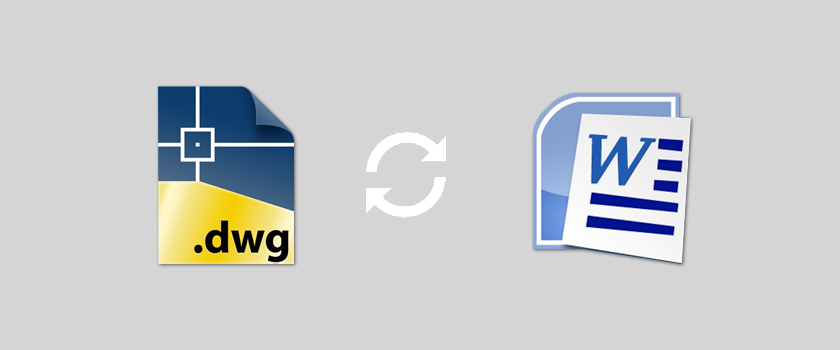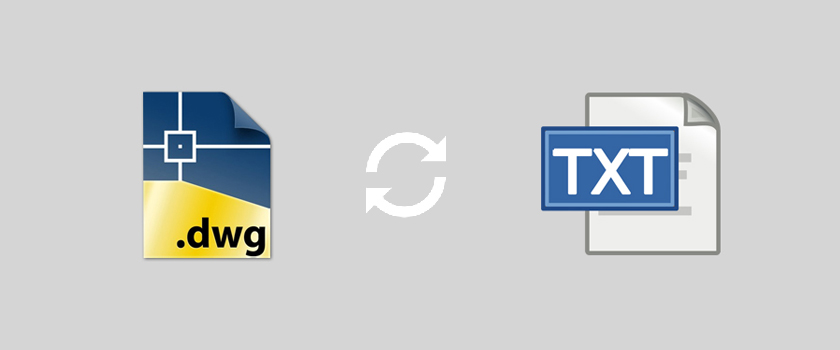Communication has been the need of Homo sapiens since their birth. Languages started to exist a lot later and earlier people had ancient ways of communication. As the historians quote, people initially used to communicate by uttering different sounds. They used to imitate the things that happened around them. They often imitated the animal calls, the sounds of tools, and nature calls.
Also, they often mentioned the whooshing wind sound to indicate the weather and the sound of a bird to indicate their existence nearby. Later, these sounds were converted into words. This did not happen overnight but rather took hundreds of years. People started uttering these words to address their communication needs. Soon, they were able to string all the words together to make a sentence. What do you think the journey of speaking for a newborn is like? It was no less than that.
Another theory that was conveyed to us about the invention of language was that people also tried to communicate with their gestures. They used their hands to point out things to express certain issues and imitated the actions using their bodies, making faces. This theory is relevant to sign language and can also be interpreted as the origin of sign language.
However, for a normal and healthy person, these gestures and signs soon turned into a complete language, but people with disabilities had to rely on these signs to communicate with others. This theory also suggests that, at a certain point, people started relying more on sounds. This is a complex topic. Exploring the languages of human beings can be a tough call. Also, are these the only humans who have languages to communicate with? Figuring out the origin of language and its development can lead to many other ambiguities.
However, when we have precise and clear information on the origin of language and how humans started to communicate, we are left with this question: Where do people with disabilities stand? How do they communicate about their needs and what is their social persona? Well, as mentioned above they take help from sign language to express themselves.
Sign language is a medium of communication and interaction that deaf people use and practice. It is not a universal language and can vary with regions and differences. They linguistically organize the signs and languages. The gestures and symbols that they use have three main parts. It comprises head shape, position of hands, and the way they move their hands.
American sign language is what they use in many countries. Likewise, there is British sign language, which is different from ASL. Some countries adopt ASL language features, whereas many others take help from BSL.
American Sign Language is a language that deaf people use in the United States. It possesses the same linguistic properties of the spoken language. However, the grammar may differ from the main English language. ASL has emerged as the primary language of the people in North America who are deaf or have problems hearing. ASL signs are acknowledged all over the world.
There isn’t much to mention about the origin of ASL American sign language. None of the teams of linguists or committees brainstormed to form this language, so exact origin details are yet to be known. However, as linguists and researchers conclude, this language came into existence some 200 years ago. It has been a blend and intermixing of the local and international sign languages, especially the French sign language.
The USA has always been home to French people and 13 million French currently reside in the States so getting the language cultures and signs mixed is not something too bewildering. ASL contains a lot of elements from the Langue des Signes Francaise, or LSF. So the ASL that is in practice these days has many elements of LSF, as well as containing the original sign language.
American sign language has emerged as a complex, rich, and mature language now. It is an individual language now with the modern LSF being another distinct language. Though both sign languages have similar signs, you cannot understand them by each other’s user or speaker.
Signs are what make American sign language. It’s a different language and has nothing to do with the English language. Many of the ASL signs are easy to comprehend and quite popular, whereas many others are complex. 10,000 signs are part of the American sign language.
Ten of the important signs are as follows:

Let's start with the hello. Speaking of using signs, it is the basic gesture that helps initiate a conversation. To say hello, you have to open your hand straight and take it to your head, slightly touch it, and bring it back. Here you go, Hello.

Naturally, after saying hello, you feel like asking about someone’s well-being. Here is how you can ask ‘how are you’ in sign language.
You need to hand-shape in a way that asks how. Combine your fingers outwards as a flick and point to the person you want to ask this question with your eyebrows down.

This is a very important sign. What if you don’t want anything and you are being imposed with something you don’t find pleasant or good? Here is what you should do.
You should flick your hands down with a head in a movement of nah. So simply flick your hands take these down, and say clearly that you don’t want it.

Help is our next word on the list of important signs from ASL. It is important to follow the ASL signs appropriately so that the ASL interpretation gets easier and more understandable for the relevant people.
Make sure you handshape to make a 10 followed by tapping twice on the tap of the palm. Your palm needs to be oriented upward.

Here is how you can ask people if they like something, gestures, or food. You should be using your thumb with your middle finger to make a mini heart and pull it out of your body to ask or to express the expression Like.

This is a magical phrase and a popular sentence that is quite common all across the globe. Likewise, it has been included in the ASL signs. To communicate this powerful sentence, you need to raise your thumb with the index finger in a way that makes an L. Along with this, your little finger should form an I. Additionally, your thumb and little finger also express a Y. Once these are hand-shaped in this way, and after combining all three, you get to see I-L-Y stating I love you.

If you have met a person who uses sign language to communicate and interact. You have to tell him that you felt nice meeting him. To convey these signs, you should be following these gestures.
You already know the sign, like and nice, so you go on raising the pointer fingers with both hands. You need to tuck the remaining fingers in the palms in a circular shape. Also, make sure to bump the knuckles of your hands softly. Imagine this scene of two people coming to meet up. There you go, your sign for nice to meet you is ready.

If you need to applaud someone and you get to express that in ASL, you need to pay attention to the sign. It is pretty simple. It is more of a visual form of sign. You have to convey your excitement. So for applause, or Kudo, or Hurrah, you raise both hands and then twist them rapidly. This enables you to make a sign and convey it in a better way.

What if you are not deaf or mute but you want to understand ASL signs to communicate with people who cannot speak otherwise? ASL interpretation Services can get easier for you if you understand this language. It starts with the ASL gesture for I and learning and going for the sign of ASL. This is an extremely imperative sign to show support and understand the people who have disabilities and fail to communicate normally.

We aim to complete this list of ten important ASL signs with this feeling of gratitude. You want to thank someone but do not know how to communicate with someone who only understands sign language.
You should start by placing the fingertips of a flat hand on your chin and then pull it forward (pointing) towards the person you are thanking or intend to express gratitude for. So, thank you.
ASL is an American sign language. Though it is not a universal sign language, most of the signs are inspired by this language. It has become a proper language, and there are up to 10,000 signs included in it. The ASL language has many similar signs to LSF, which is a French sign language. Ten of the important signs have been mentioned above. If you need to know or learn these signs, this write-up can help you clear your concepts and guide you about signs. Moreover, for a proper and accurate interpretation, you can always contact a reliable LSP, such as Mars Translation. We have been in the industry for over 2 decades, and we deliver accurate translation and interpretation services, including ASL interpretation services. Get in touch for more details.

dwg: It means a drawing file save format created by AutoCAD, and now has been the standard format of 2D
Read More
Mars Translation can help you extract the texts in a DWG file and convert them into a Word file so
Read More
dwg: It means a drawing file save format created by AutoCAD, and now has been the standard format of 2D
Read More
dwg: It means a drawing file save format created by AutoCAD, and now has been the standard format of 2D
Read More
AutoCAD blocks A block is an object that combines one or more single entity object. Operated as an individual complete object,
Read More
What is a file formate A file format is a standard way that information is encoded for storage in a computer
Read More
Software 1. AutoCAD 2015 - English 2. PDF virtual printer, such as Adobe Acrobat, PDF factory, or CutePDF. Step-by-Step 1. Open the CAD file,
Read More
Plot style table is used to control the color, line width and other effects. In the layer manager, every layer
Read More
The following layers can't be deleted: 1. Layer 0 and Layer Defpoints that are default layers. 2. The current active layer. To
Read More


Document Translation
Professional document translation by native expertsApp Localization
Get more downloads by adapting your app for different target marketsVideo Translation
Multilingual translation and subtitling servicesWebsite Localization
Adapt your website into multiple contexts for global reachSoftware Localization
Adapt your software for global usersGame Localization
Reach new players with localized gameplayMTPE
Refine AI translations for natural fluencyBusiness Translation
Professional translation for business documents and websitesDTP & File Conversion
Professional DTP and File conversion, supporting multiple file formatsProofreading
Perfect your content with expert review© Copyright 2026 MarsTranslation